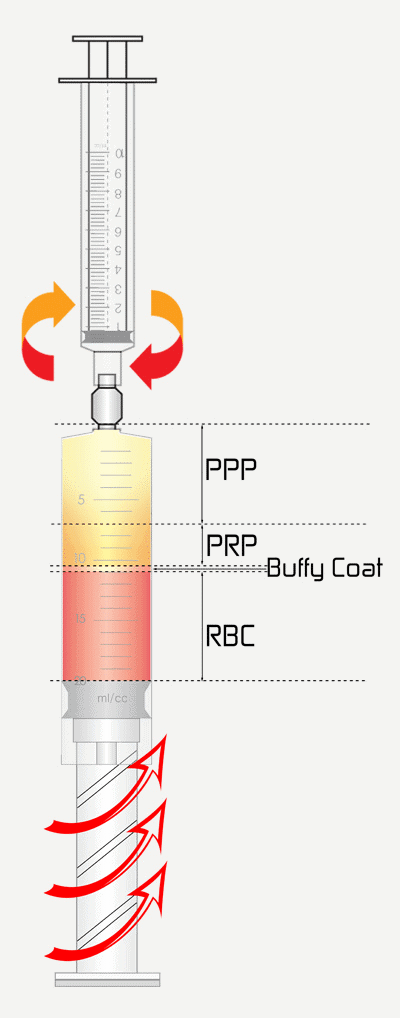Platelet-Rich Plasma (PRP) Injections
What is PRP, and How Can It Help Me?
You may have heard about athletes like golf legend Tiger Woods, NFL Hall of Famer Eric Dickerson, or NBA star Brandon Roy getting platelet-rich plasma (PRP) injections to heal their injuries. More and more professional athletes learn how their own bodies can help them recover and have turned to PRP injections for relief. These shots are not new, but they have perfected them over the years.
What Can Platelet-Rich Plasma Treat?
PRP injections are used to treat torn tendons, tendinitis, muscle injuries, arthritis-related pain, and joint injuries. They are becoming more common for cosmetic procedures, too. For example, dermatologists and hair replacement experts use PRP injections to treat a type of hair loss called androgenic alopecia, also known as male or female pattern baldness, which affects men and women. And some dermatologists provide PRP treatments for the face.
This therapy option has demonstrated its ability to help regenerate damaged tissues and restore function to the injured joint, muscle, or other tissue. It is used by a number of professional athletes to aid in their recovery.
This treatment, based on Plasma from your own blood, is increasingly used to treat sports injuries. This treatment has also been proven to help heal and repair tissue even after surgery. Some doctors even use it as a cosmetic procedure to target signs of aging, such as wrinkles. But does it work? Here’s what to keep in mind.


Platelet-rich plasma, or PRP, is one of the most popular regenerative medicine options for healing tissue damage in a non-invasive way. At Hope Health & Wellness, we have used PRP injections to help hundreds of our patients suffering from chronic pain. We have seen great results with people suffering from joint pain as well as lower back pain.
PRP comes from a person’s own blood cells and can obtain it easily by drawing just a small amount of blood from your arm using a special PRP kit. Once the blood is obtained, it is put into a special centrifuge designed to spin at the precise speed to systematically separate the particles of your blood into the components best suited to obtain the best and most abundant amount of rich plasma and “buffy coat.” If the blood is spun too fast or too slow, the separation may be inadequate, and the specimen may be damaged, and you won’t obtain an adequate amount of rich plasma.
What Happens During the Spinning Process
During the spinning process, which takes precisely 12 minutes, the blood is separated into four distinct components: Red Blood Cells (RBC), “Buffy Coat,” Platelet Rich Plasma (PRP), and Platelet Poor Plasma (PPP).
The RBS’s are discarded, and the PPP is removed and saved for you to use later. More on the benefits of PPP at the end of this article. The Platelet Rich Plasma (PRP) and buffy coat combined with Calcium Chloride is used to inject into the muscle or joint that needs treatment. Platelet activation with calcium chloride or thrombin is a crucial step that might influence bioactive molecules’ availability and tissue healing. The Buffy Coat is very rich in white blood cells and platelets, producing most of the healing process.
The platelets in the blood play critical roles in tissue healing. They contain a number of growth factors that help to reduce and prevent chronic inflammation and swelling, produce new blood vessels to encourage healing, improve cell-to-cell communication, recruit additional healing cells to the area, and much more.
The entire process takes less than an hour to complete in the majority of cases, and it is minimally invasive and does not require long times for recovery, unlike many of the surgical procedures that are often used to repair damage from sports injuries. We highly recommend limiting your physical activity to 40% for the first six weeks, 80% for the next two weeks. After a total of 8 weeks of limitations, you should be able to resume full activity level.

What about the PPP?
The platelet-poor plasma is given to you so that you could use it later on your skin. The best use of PPP is topically, and it will help tighten your skin’s dermal layers. Most of our patients use it on their face and notice their skin tightening like a mini facial. The PPP should be stored in the refrigerator and should be used within ten days.
